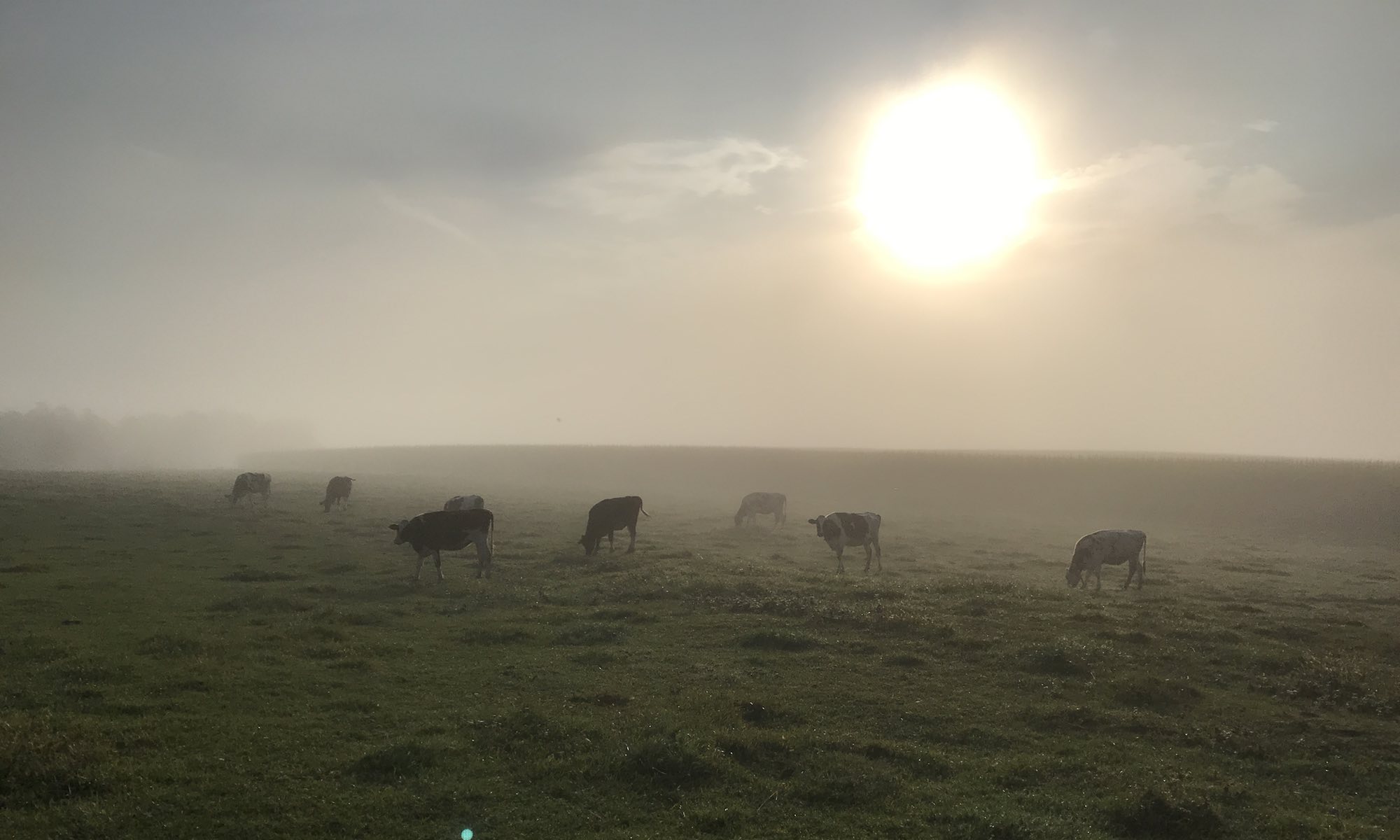The New York Times > Magazine > The Way We Eat: Labor Party: “Bistro cooking, [writes Thomas Keller in his new cookbook, ‘Bouchon,’ named after Keller’s bistros in Yountville, California, and Las Vegas], is the ‘reference point’ from which he cooks. He doesn’t cook like a bistro chef, nor would we want him to. What he does to a dish like boeuf bourguignon is what makes Thomas Keller Thomas Keller. And if you cook from this book, you’ll discover that, frankly, it’s a pain in the neck to be Thomas Keller. You can’t just brown the beef, toss in some vegetables and wine and go read a book. You must reduce the wine with a pile of leeks, carrots, onions, mushrooms, shallots, garlic, thyme, parsley and bay leaves. You must then add more leeks and the rest. A cheesecloth cradle is made on top of the vegetables for the meat to lie on so that the vegetables don’t sully the meat, and a parchment lid is fashioned so the meat remains moist and springy. The cooking liquid must be strained four times and the dish must sit for a day or two. And finally you must cook all the garnishes — pearl onions, lardons, potatoes, carrots and mushrooms — separately.
“But when you are done, you have something sublime. You bow to the master and plan to try it again in a year or two, after you’ve rested up.”


